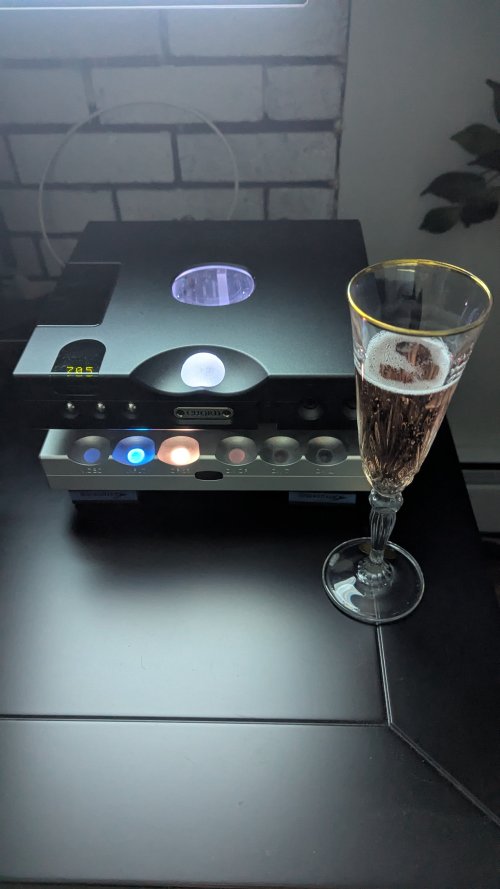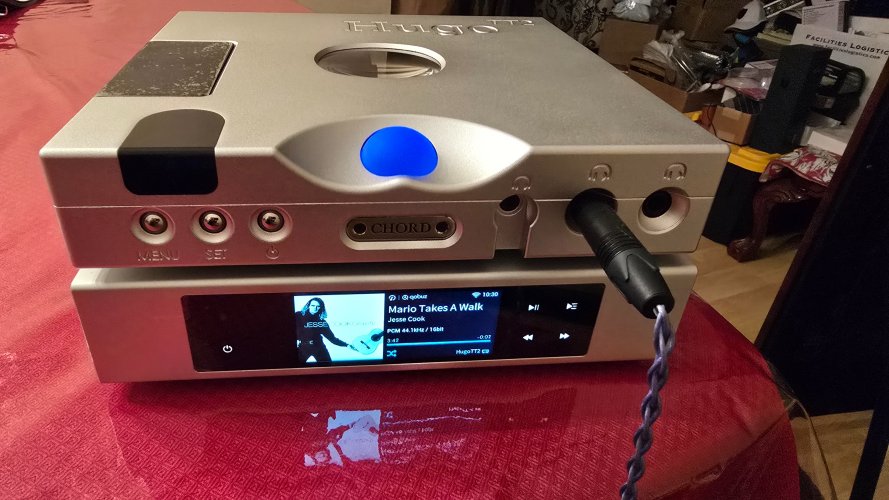Amberlamps
Formerly known as Phuca
How many here leave their Hugo TT2 on permantly? I was reading over at Audiophile Style a few do claiming the clocks need minimum of 24 hours to settle. New to me but if that's the case I'll leave it on. In the old days I used to leave on all my Mark Levinson stereo gear 24/7
I did, I had mine sitting on top of my mscaler and I left tt2 in standby mode, i.e pushing the red button on the remote. TT2 in it's hottest part was only 42oC.
However, I'm no longer an advocate of leaving TT2 switched on 24/7, well, unless one is a horologist that is.




















